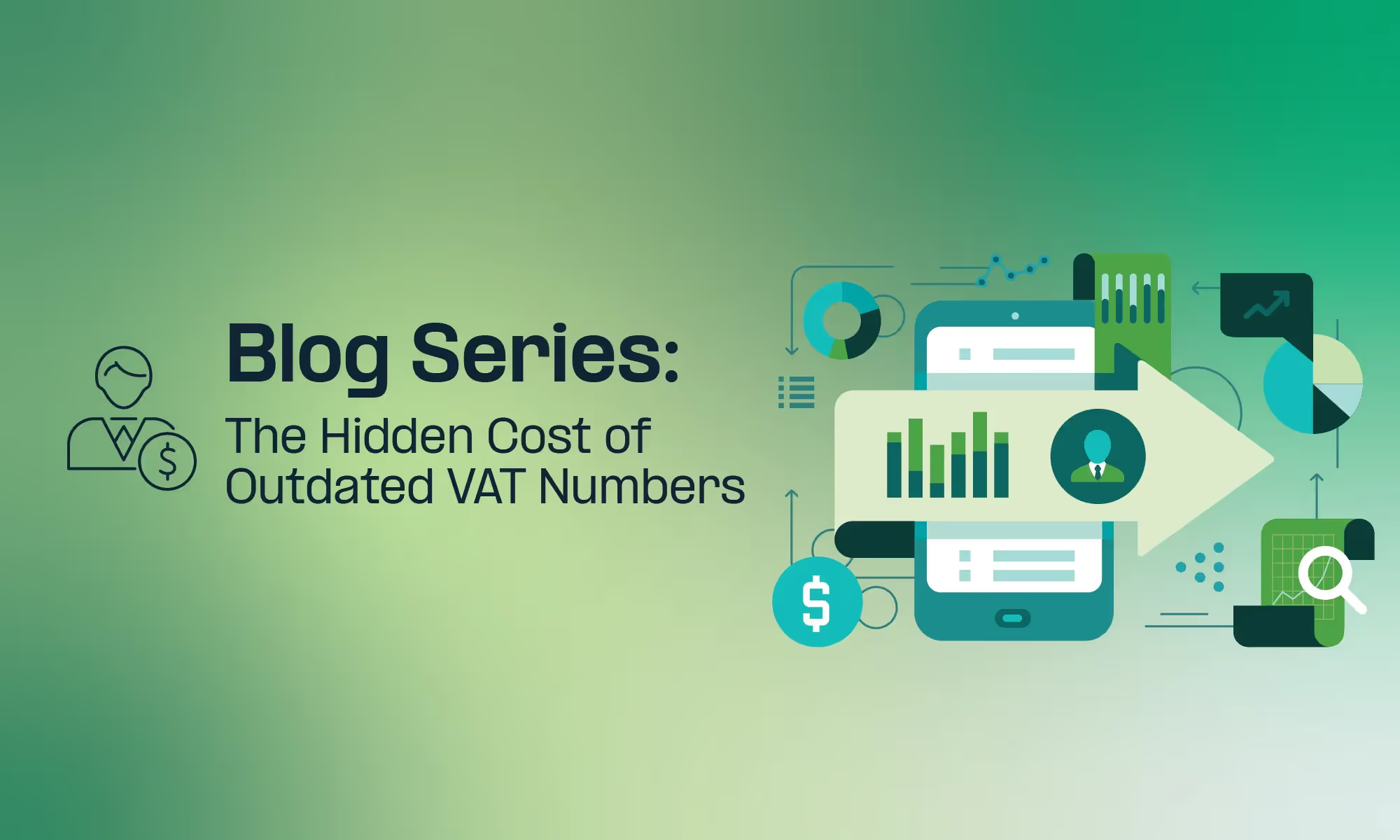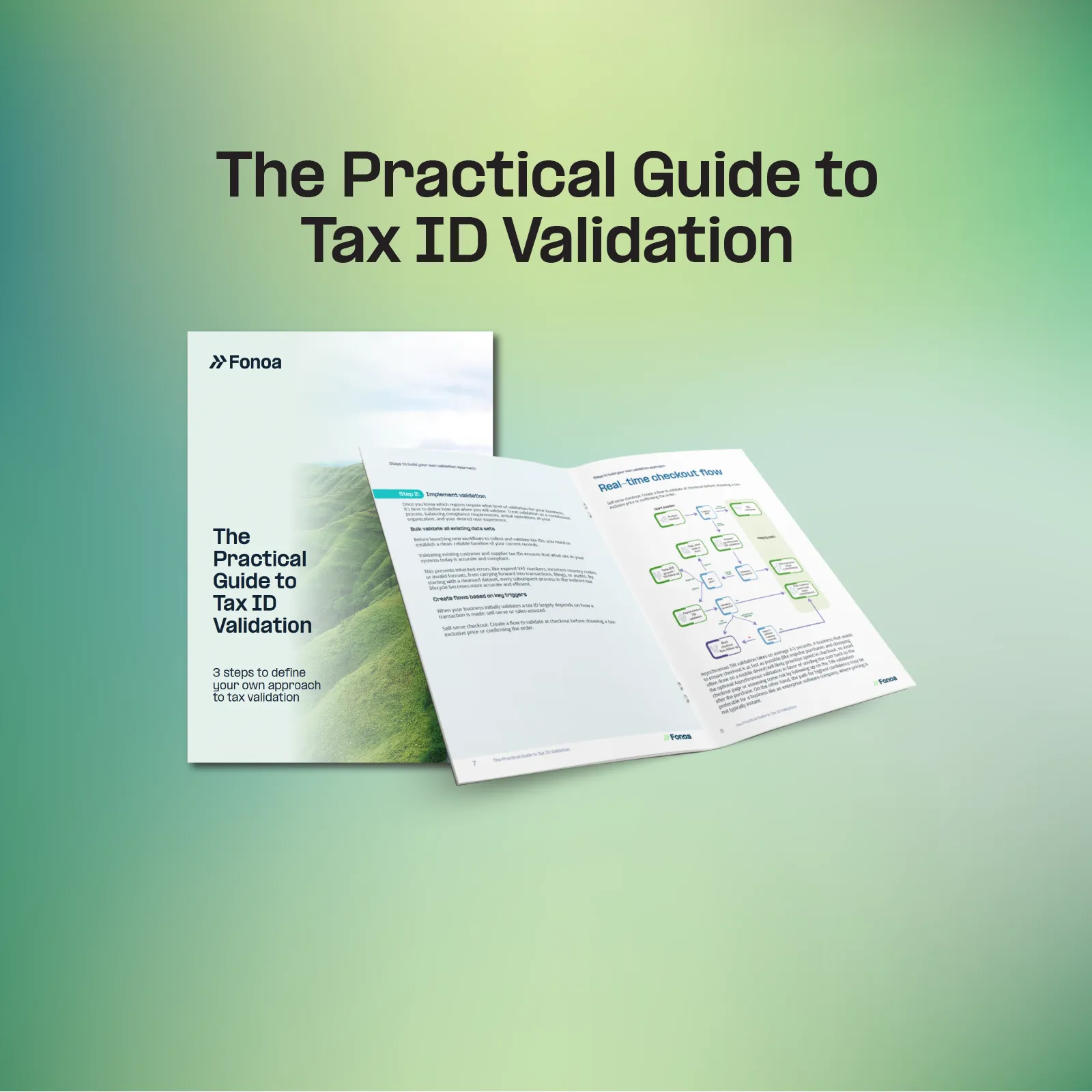This article contains everything you need to know about the Mexican RFC including what it is, how it is formatted, why it is used in CFDI 4.0, and how it can be validated with the postcode and name of its owner.
What is a Mexican RFC?
The RFC is the Mexican TIN (Tax Identification Number). RFC stands for 'Registro Federal de Contribuyentes' (Federal Taxpayer Registry).
Any individual or company providing services or trading goods should obtain an RFC number, regardless of their turnover. Tax registration should be performed at any SAT office (Mexican IRS) or on the SAT website (sat.gob.mx).
How is the Mexican RFC used?
This unique tax ID for individuals and companies is required for several purposes:
- to be identified as a taxpayer with the Mexican tax authority, SAT (Servicio de Administración Tributaria), and other registered businesses
- to file Income Tax, CIT, VAT, and any other tax returns
- to issue electronic invoices (CFDI - Facturas electrónicas)
- to obtain from the SAT the electronic signature and the digital stamp (e.firma and Certificados de Sello Digital (CSD))
- to generate the Buzon Tributario (Tax Mailbox), where taxpayers receive notifications, official documentation and further information from the SAT
- to start a job because employers should issue payroll invoices
- to apply for a bank loan or open a bank account because the RFC shows the economic activity
Why is the RFC number relevant for e-invoicing?
Mexico has introduced a new version of electronic invoicing (CFDI v4.0), which became mandatory on April 1st 2023, and was extended for payroll invoices on July 1st 2023. This version requires an extensive mandatory validation process.
From this date, each RFC must match the taxpayer's 1) name and 2) registered address (postcode) according to the Constancia de Situación Fiscal (see below).
The SAT requires the exact name as it appears on the certificate, including spaces, special characters, numbers, and symbols. The tax office also requires the postcode of the address registered on the certificate. This means it cannot be the postcode of a branch, office, or other head offices.
This check is designed to strengthen the validation process and reduce the potential for fraud. It increases the level of required taxpayer KYC.
A common mistake when matching RFC numbers with legal entity names is failing to exclude the legal structure suffix (e.g., S. en C. or S.C.A.). Keeping this suffix will mean the validation will not be successful.
What is the RFC format for businesses?
Understanding the RFC format is essential for businesses operating in Mexico, as it plays a key role in tax identification and compliance.
A businesses RFC consists of 12 digits with the following structure: xxx-yyyyyy-zzz
(x = letters, y = numbers, z = alphanumeric)
xxx = first three letters of the company name
yy = last two numbers of the year of incorporation
yy = two numbers of the month of incorporation
yy = two numbers of the day of incorporation
zzz = alphanumeric digits randomly assigned
What is the RFC format for individuals?
An individual’s RFC is a unique identifier that plays a crucial role in tax reporting and financial activities in Mexico. Understanding its structure can help ensure accurate and compliant documentation.
An individual’s RFC consists of 13 digits with the following structure: xxxx-yyyyyy-zzz
x = first letter of the first surname
x = first vowel of the first surname
x = first letter of the second surname
x = first letter of the first name
yy = last two numbers of the year of birth
yy = two numbers of the month of birth
yy = two numbers of the day of birth
zzz = alphanumeric digits randomly assigned
How to validate the final customer RFC details
In a B2C transaction, there will be no RFC number. So no validation is required.
However, the CFDI v4.0 still requires a recipient's RFC to be included in the reporting. In these scenarios, a generic RFC should be used. There are two generic RFCs:
- XAXX010101000 if the individual has a residency in Mexico, whether he or she is a Mexican citizen or an ex-pat.
- XEXX010101000 if the individual has a residency outside Mexico.
What is a Constancia de Situación Fiscal?
Obtaining a Constancia de Situación Fiscal is essential for individuals and businesses to verify their tax status and ensure compliance with Mexican tax regulations. It is the Mexican tax certificate by which the individual or legal entity can determine their status before the SAT.
The Constancia de Situación Fiscal contains key information on taxpayers, such as:
- Full name or company name
- RFC number
- Date of registration with SAT
- Fiscal address, including zip code
- Economic activity registered with SAT
- Tax regime
- Tax obligations
Other Mexican official IDs
For individuals, the RFC must not be confused with the CURP (Clave Única de Registro de Población - Unique Population Registry Code). This is a personal identification number that can be used for any personal procedure with the public administration or private entities, but it is neither a tax number nor has a tax purpose.
The CURP is an alphanumeric code of 18 digits that is used to identify persons, both national and foreign, with the following structure: xxxxyyyyyyxxxxxxzy
x = first letter of the first surname
x = first vowel of the first surname
x = first letter of the second surname
x = first letter of the first name. Except for compound names when these are preceded by the names Maria or José, among others, in which case the middle name will be used
yyyyyy = date of birth without spaces in order of year (two digits), month, and day. Example: 850720 (20 July 1985)
x = letter of the sex of the person (H for Male, or M for Female)
xx = two letters corresponding to the state of birth (if born outside Mexico, it is marked as NE, “Nacido en el Extranjero” -Born Abroad-)
x = first internal consonant (after the first letter) of the first surname
x = first internal consonant of the second surname
x = first internal consonant of the first name
z = digit 0 to 9 for dates of birth up to 1999 or A to Z for dates of birth from 2000 onwards
y = verification digit
Furthermore, the RFC should not be confused with the NSS (Número de Seguridad Social), the Mexican Social Security Number. The NSS is a numeric code of 11 digits with the following structure: yyyyyyyyyyz
yy = two numbers that identify the Social Security delegation where the person was affiliated
yy = last two numbers of the year of affiliation
yy = last two numbers of the year of birth
yyyy = four numbers assigned by Social Security to the person
z = alphanumeric digits randomly assigned
Validate a Mexican RFC with Fonoa
As mentioned above, for e-invoicing taxpayers must match each RFC with the other details on the tax certificate (Constancia de Situación Fiscal). More specifically, the
- name; and
- registered address (postcode)
This is not that simple to do as the details must match exactly.
However, A Mexican RFC can be validated using Fonoa’s tax number validation tool which performs similar services with over 100 databases globally.
In Mexico, Fonoa can validate RFC + Name + Zip Code via API and dashboard. On the dashboard, you can validate numbers one at a time or up to 50,000 in a batch (you can also run multiple batches at once). To make this process seamless, Fonoa also corrects common mistakes, including removing the legal structure suffix when required.
Additional Resources:























